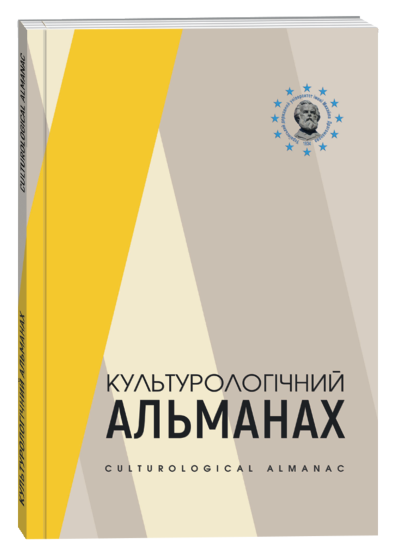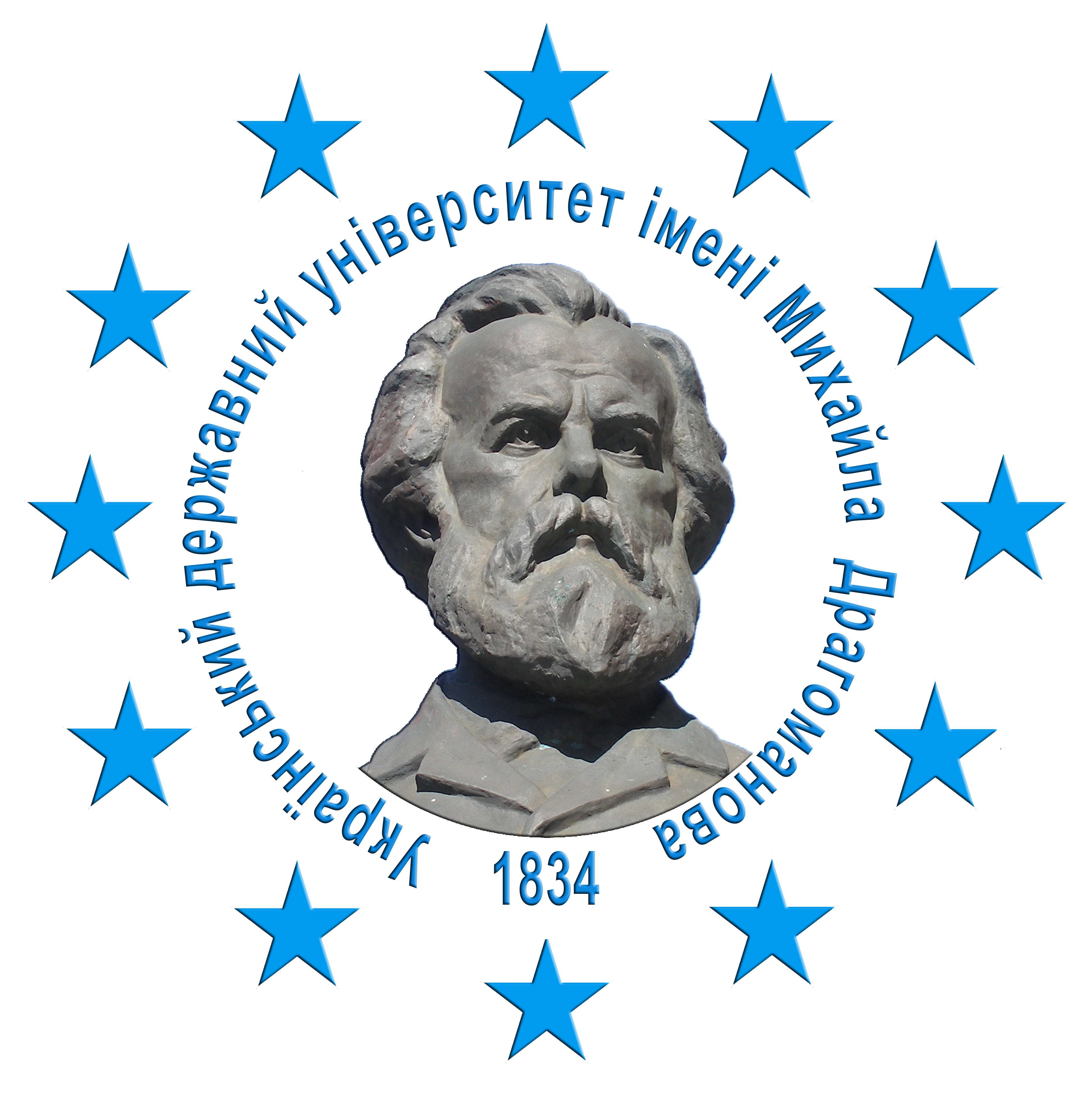ARCHETYPAL MOVEMENT REPRESENTATIONS IN FOLK DANCE ART: SEMIOTICS OF EMBODIED EXPRESSION
DOI:
https://doi.org/10.31392/cult.alm.2025.3.49Keywords:
archetypal movement representations, choreology, methodology, semiotics of embodied expression, ethnoculturology, kinesics, dance anthropologyAbstract
This article establishes the theoretical and methodological framework for investigating movement archetypal representations in folk dance as a crucial component of cultural memory and ethnocultural identity. Folk dance is conceptualized as a syncretic form of non-verbal communication, where plastic structures – gestures, poses, and movements – function as carriers of archetypal imagery rooted in the collective unconscious. The study draws on an interdisciplinary methodology that integrates approaches from cultural anthropology, choreology, semiotics, kinesics, and the principles of Jungian psychoanalysis. For the first time in Ukrainian ethnochoreology, a systematic approach to analyzing motor archetypes is proposed, distinguishing between the concepts of the archetype and archetypal representation. This conceptual differentiation enables the refinement of research tools for applied cultural analysis and deepens the understanding of dance as a bodily text in an ethnocultural context. The study demonstrates how the imagery of folk dance emerges through symbolic corporeality, where gestures, poses, and movements encode mythopoetic thinking, historical memory, and intercultural experience. Dance functions as a medium for archetypal transmission, embodying universal meanings associated with conceptions of humanity, nature, the cosmos, elements, spirits, and cultural heroes. The proposed theoretical and methodological approach opens new analytical pathways for interpreting folk choreographic art as a bodily expression of collective memory. It allows for the decoding of hidden symbolism in dance gestures as semiotic units of ethnocultural communication and supports a deeper exploration of Ukrainian choreographic heritage. In this context, particular emphasis is placed on examining the regional specificity of Ukrainian folk choreography through the lens of deep semiotic structures. The interplay between indigenous and external elements in dance folklore underscores the importance of rethinking processes of local identity formation and uncovering the primordial layers of archetypal imagery embedded in traditional dance culture.
References
Андрощук, Л. (2023). Архетип Тіні в танцювальних традиціях українського народу: свято Івана Купала. Актуальнi питання гуманiтарних наук: мiжвузiвський збiрник наукових праць молодих учених Дрогобицького державного педагогiчного унiверситету iменi Iвана Франка, 66 (1), 24–32. https://doi.org/10.24919/2308-4863/66-1-4
Бродюк, Ю. (2019). Художньо-естетична інтерпретація архетипу землі в романі «Жменяки» М. Томчанія. Теоретична і дидактична філологія. Серія «Філологія», 4–12. https://doi.org/10.31470/2309-15-17-2019-1-4-12
Головей, В., Цапяк, М. (2024). Комунікативна природа танцю: семіотичний аспект. Fine Arts and Cultural Studies, 2, 121–128. https://doi.org/10.32782/facs2024-2-16
Головей, В., Цапяк, М. (2023). Теоретико-методологічні засади дослідження кроскультурних впливів у традиційному танцювальному мистецтві. Вісник Національної академії керівних кадрів культури і мистецтв : науковий журнал, 1, 15–22. https://doi.org/10.32461/2226-3209.1.2023.277627
Гордєєв, В. (2020). Український народний танець на Поліссі: регіональні особливості лексики [Дис. канд. мистецтвозн., Прикарпатський національний університет імені В. Стефаника]. Івано-Франківськ. 230 с.
Давидюк, В. (1997). Первісна міфологія українського фольклору. Луцьк: Вежа. 296 с.
Карпенко, Д. (2023). Архетипи в українській хореографічній культурі та народно-сценічних танцях. Вісник Національної академії керівних кадрів культури і мистецтв : науковий журнал, 4, 38–44. https://doi.org/10.32461/2226-3209.4.2023.293715
Кіндер, К. (2007). Семантика пластичних символів народної танцювальної культури українців [Автореф. дис. канд. мистецтвозн., Київський національний університет культури і мистецтв]. Київ. 19 с.
Кримський, С. (2008). Під сигнатурою Софії. Київ: ВД «Києво-Могилянська академія». 367 с.
Личковах, В. (2010). Сакральні горизонти української культури: архетипи – хронотопи – сигнатури. Художня культура. Актуальні проблеми, 7, 187–194.
Личковах, В. (2018). Філософія етнокультури – етнокультурологія – етнокультурографія. Українські культурологічні студії, 1 (2), 20–25.
Найден, О. (2016). Міф. Фольклор. Образ. Форма. Київ: Видавець Олег Філюк. 317 с.
Пригода-Донець, Т. (2023). Танець як форма художнього мислення і культурної комунікації. Fine Art and Culture Studies, 4, 191–198. https://doi.org/10.32782/facs-2023-4-26
Северинова, М. (2013). Значення та роль архетипів в етнонаціональній культурі. Вісник Національної академії керівних кадрів культури і мистецтв, 2, 124–128.
Цапяк, М. (2023). Методологічні підходи в дослідженні танцювальної культури пограничних регіонів (на прикладі хороводу «Ой ми просо сіяли-сіяли»). Культурологічний альманах. Київ: Український національний університет імені Михайла Драгоманова, 2, 313–320. https://doi.org/10.31392/cult.alm.2023.2.42
Цапяк, М. (2023). Народне танцювальне мистецтво Волині в контексті крос-культурної взаємодії [Дис. докт. філософ., Волинський національний університет імені Лесі Українки]. Луцьк. 216 с.
Юнґ, К. Ґ. (2018). Архетипи і колективне несвідоме. Львів: Асторолябія. 608 с.
Birdwhistell, R. (1970). Kinesics and context: Essays on body motion communication. Philadelphia: University of Pennsylvania Press.









